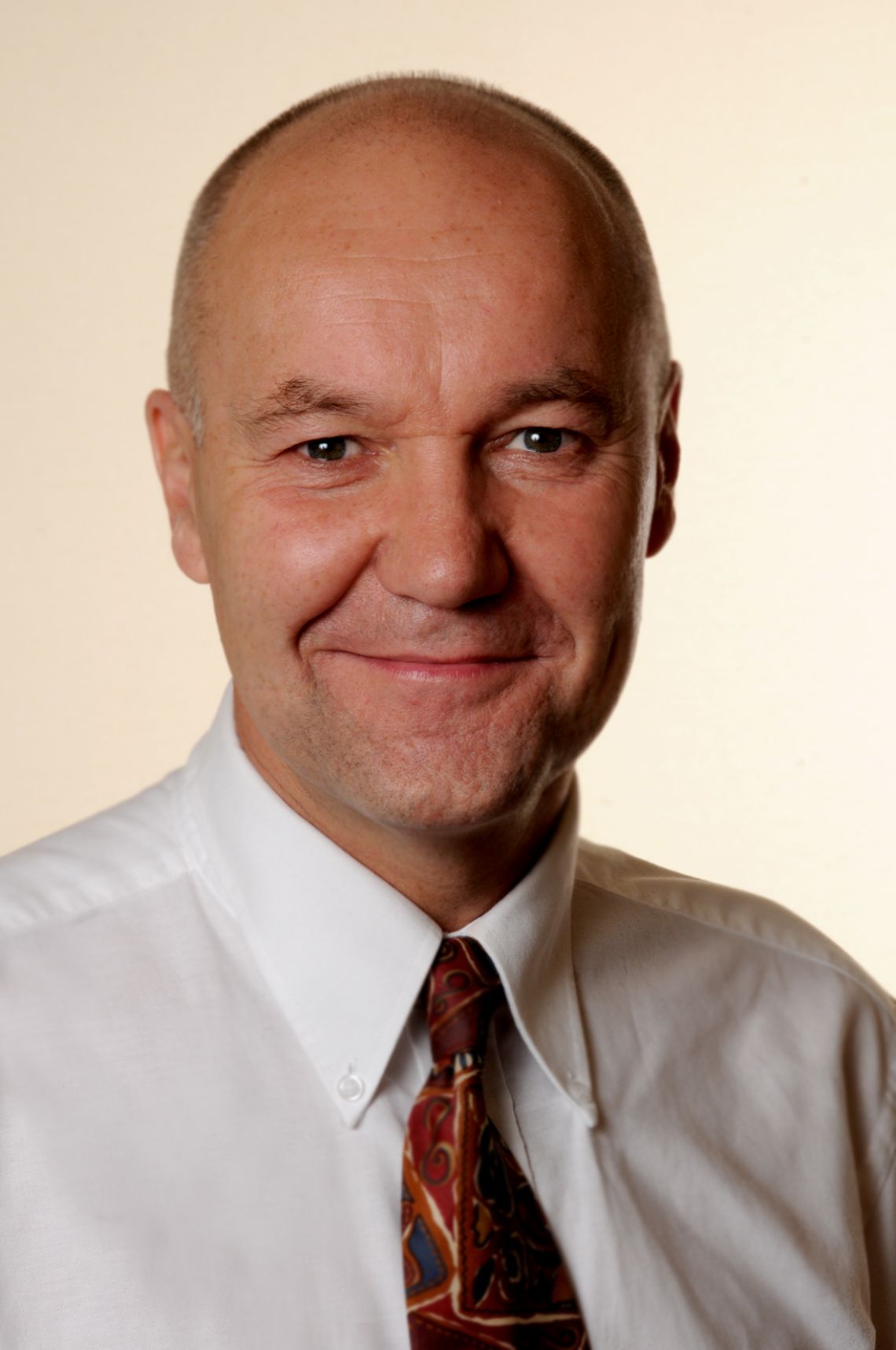Last year (2017) the Edinburgh residential property market saw the highest price growth of any UK city. Scotland also witnessed its strongest market since 2007 with price growth outperforming London, and residential property transactions up 4% overall, led by East Lothian where transactions were up by 17%.
House prices are expected to grow by 17% over the next 5 years in Scotland compared to 14% for the UK overall. Prime transactions above £400,000 in Edinburgh reached a record 1,733 during 2017, which was 15% higher than 2016. Transactions above £750,000 increased from 247 in 2016 to 274 in 2017. The southern hotspots of the Grange, Morningside and Merchiston accounted for the largest proportion of prime activity, with a total of 377 transactions last year. However, Edinburgh’s New Town, which typically accounts for 11% of prime transactions, has seen little movement in volume over the last three years. This is because of a drop in the number of prime second hand properties launched onto the market, which fell by 33% in the New Town’s EH3 6 postcode in 2017 compared to 2016. LBTT is still affecting supply issues in the New Town and the lack of choice has resulted in a vicious circle, as potential sellers delay launching to the market until a suitable property is available. The lack of supply and strong demand is one of the main reasons behind prime values in Edinburgh City increasing by 5.3% during 2017 Q4 compared to 2016 Q4, but some areas of Edinburgh witnessed an increase in prime second hand supply and transactions. These include the western suburbs of Murrayfield and Corstorphine, where the number of prime transactions increased from 99 in 2016 to 148 in 2017. Elsewhere in Edinburgh, prime activity in the West End, Ravelston, Stockbridge, Inverleith, Trinity, Barnton, Cramond and Colinton remained relatively buoyant throughout 2017.
This data strongly supports what is happening on the ground. The advice that we are currently giving to investment clients is that Edinburgh values are likely to continue to rise for the foreseeable future due to a lack of supply, economic performance of the increasing popularity and lifestyle opportunities extended by the city generally.
